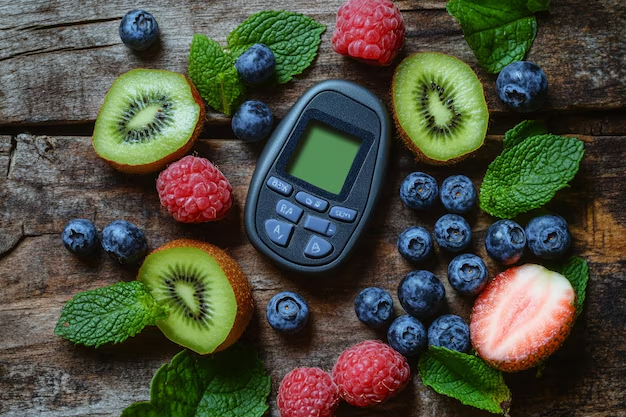What You Need to Know About Diabetics and Fruit Consumption
For many people living with diabetes, food choices often come with a question of balancing delicious with disciplined. One common query is, can diabetics eat fruit? The good news: yes, diabetics can enjoy fruit as part of a healthy diet.
Fruit provides essential vitamins, minerals, and fiber, which contribute to overall health. Yet, because fruits contain natural sugars, it's crucial for individuals with diabetes to manage portion sizes and choose fruits that have a lower impact on blood sugar levels.
Fruits That Are Great for Diabetics
When it comes to making fruit choices, low-glycemic fruits are generally better options. These fruits help maintain lower blood sugar levels, making them an excellent choice for diabetics. Consider these nutritious and diabetic-friendly fruits:
- Berries: Strawberries, blueberries, and raspberries are rich in antioxidants and have a relatively low glycemic index.
- Cherries: Lower GI and packed with anti-inflammatory properties.
- Apples: A fiber-rich choice with a low GI that can make you feel full longer.
- Pears: High in vitamin C and fiber, pears are deliciously sweet yet low on the GI scale.
Tips for Including Fruits in a Diabetic Diet
Navigating fruit choices with diabetes is about moderation and timing. Here are some tips to help you enjoy fruit healthily:
- Portion Control: Keep servings small to manage sugar intake. Half a cup is a reasonable serving size for most fruits.
- Pair with protein: Eating fruit alongside a protein-rich food, like nuts or yogurt, can help stabilize your blood sugar.
- Mind the timing: Eating fruit with meals rather than alone helps lessen glucose spikes.
Beyond Diet: Financial and Educational Support for Diabetics
Managing diabetes extends beyond dietary choices, often involving financial considerations and access to continuous education. Thankfully, there are several resources available to provide support:
Health Insurance Programs: Many governments offer assistance programs to help cover medical expenses related to diabetes management.
Diabetes Management Assistance: Look into programs that lower the cost of diabetes supplies, such as glucose meters and insulin.
Nutrition Education Grants: Some organizations offer grants to help diabetics learn more about nutrition and healthy living.
Diabetes Workshops and Classes: Local health departments and clinics might offer educational workshops to help manage diabetes effectively.
By taking advantage of these resources, individuals with diabetes can find additional support to manage their condition effectively, easing the financial and educational burdens.
Here's a helpful checklist of assistance programs and opportunities for those managing diabetes:
- 🏥 Government Health Programs: Support for medications and medical supplies.
- 💰 Financial Aid Services: Assistance with covering diabetes-related expenses.
- 📚 Educational Grants: Funding for nutrition and diabetes education.
- 🌟 Community Workshops: Free or low-cost health courses and support groups.
Through mindful fruit consumption and utilizing available financial and educational resources, individuals with diabetes can lead healthier and more comfortable lives.
